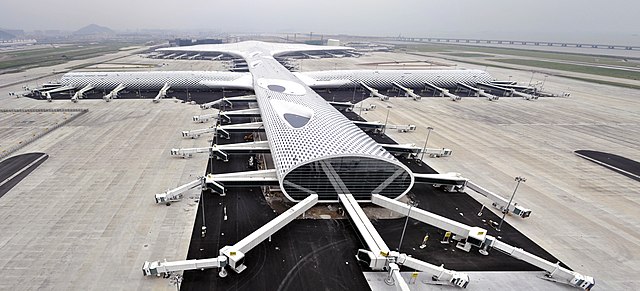Good news for residents of Shenzhen’s Pingshan district! Travel time to the bustling Bao’an International Airport will shrink significantly by 2026, with the completion of the Shenzhen-Dayawan Intercity Railway. This exciting project promises to connect Pingshan to the airport in just 40 minutes, streamlining travel and boosting convenience for residents and visitors alike.
The intercity railway takes an impressive route, starting in Dayawan, southeastern Huizhou, and snaking through Pingshan and Wuhe (Longgang district) before reaching its final destination at Shenzhen Bao’an International Airport’s T4 terminal. Construction is already underway, with the Wuhe station marking a significant milestone by entering the main structure stage after the new year. This station, spanning a vast area of 226,800 square meters, will become a key interchange point, connecting seamlessly with Metro Line 5 and Line 10 upon completion.
Beyond Pingshan, the Shenzhen section of the railway will cover Bao’an, Longhua, and Longgang districts, fostering better connectivity across the city’s eastern, western, and central regions. This intercity marvel boasts a total length of 69.2 kilometers and a design speed of 160 km/h, ensuring a swift and efficient journey. Along its route, 11 underground stations will serve passengers, including T4 (T4枢纽), Airport East (机场东), Huangmabu (黄麻布), Shiyan Center (石岩中心), Longsheng (龙胜), Minzhi North (民治北), Wuhe (五和), Bainikeng (白坭坑), Dayun (大运), Pingshan (坪山), and Julong (聚龙).
The Shenzhen-Dayawan Intercity Railway is a game-changer, offering faster, more convenient travel options for residents and tourists alike. With its completion in 2026, reaching the airport from Pingshan will be a breeze, taking just 40 minutes. This project paves the way for enhanced connectivity within Shenzhen and beyond, marking a significant step forward for the city’s infrastructure and transportation system.

